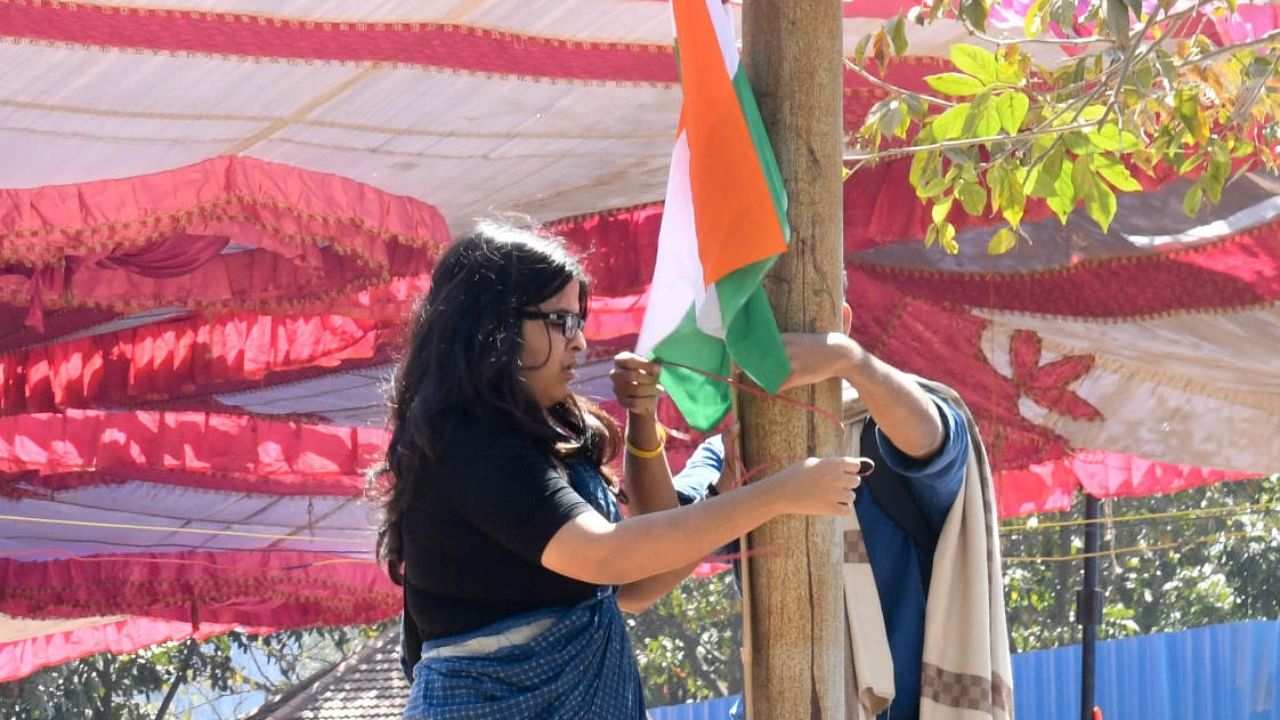
Nearly a half-century back, transformative Kannada writer Siddalingaiah began his iconic poem with the lines, ‘Yaarige bantu, yellige bantu, nalavatellara swatantra’ (‘To Whom, till where, did the freedom of ’47 reach?)
Siddalingaiah’s words ring true today as we approach the 75th anniversary of India’s political independence. The same castes, religions, and occupations that were marginalised back then in the mid-20th century continue to be mired in day-to-day and societal struggles in this current 2022 milieu; conversely, the progeny of those same families and communities who occupied positions of privilege back then still rule the socio-economic-political roost today in an even more unequal nation. In other words, ‘freedom at midnight’ was merely a transfer of power from the white colonial British male to the upper-caste, Brahminical Indian male — a polarised perpetuation where the vast majority still exist as the ‘et-ceteras’ of society under the glorified façade of being the world’s largest democracy.
Who are these oppressed groups, and what is the true path to liberation?
To critically analyse institutional subjugation and the victims of such, one must understand and dissect the power structure. Our Indian society is built on the intersectionalities of caste, class, gender, language, culture, region, religions, sexuality, politics, and other overlapping, hierarchical dynamics. Here are some examples: generally speaking, Brahmins by birth have more social capital than the OBCs and Dalits; the rich have more economic capital than the middle-classes and poor; men have more gender (privilege) capital than women and LGBTQ+. Although such generalisations may vary according to specific instances, in a societal context the power structure is vertical, graded, top-down, and consistent.
Oppressed groups are those on the bottom of such totem poles or more appropriately, pyramidal constructs such as Dalits and adivasis (caste), farmers and workers (class), women and sexual minorities (gender), etc. When an individual occupies the lower ends of multiple categorisations simultaneously, s/he is exponentially more oppressed than his/her counterparts. Although the majoritarian adage — the product of a society’s elite — concocts the notion that intra and inter generational fluidity within the power structure is possible with ‘hard work and compliance’, a vast majority on the bottom rungs are unable to ‘rise’ much beyond their birth-based compartmentalisation within their lifetimes or even their children’s in spite of diligence and dedication. Similarly, the relative few that are born into positions of dominance on the tip of the pyramid continue to live in privilege for generations, rarely ‘falling’ below the top categorisation, and more often increasing in relative privilege in a compounded manner less with ‘hard work’ and more with birth-based capital.
How do we end this cycle that exacerbates inequality? Through equality of course. The two greatest Indians of the 20th century, Dr Babasaheb Ambedkar and ‘Thande’ Periyar’ propounded that equality — although fictional — must be the guiding principle for an ideal society. This same equalitarian ideal is required in the 21st century. The methodology for building such a society is justice. Justice can be defined as present-day corrections of past/historical wrongs. Hence, to truly actualise the dream of an India that has achieved 21st-century ‘freedom’, we must uplift those on the bottom rungs from socio-economic-political standpoints, all while downgrading those who occupy the elite positions — those being the wealthy, dominant-caste, celebrity, English-speaking males, among others.
There will be much talk of ‘nation’ during this coming Independence Day. What is the nation? Nation transcends people, political boundaries, and governmental institutions. The nation is an idea or imagination. The 21st-century ‘idea of India’ we must bring to fruition is not ‘Hindu Raj’, 'Ramarajya’, or rule of the proletariat — it is egalitarianism via justice envisioned by nation-builders Ambedkar and Periyar that would make our modern Kannada visionary Siddalingaiah proud.
(The writer is a well-known actor and a socio-political activist)